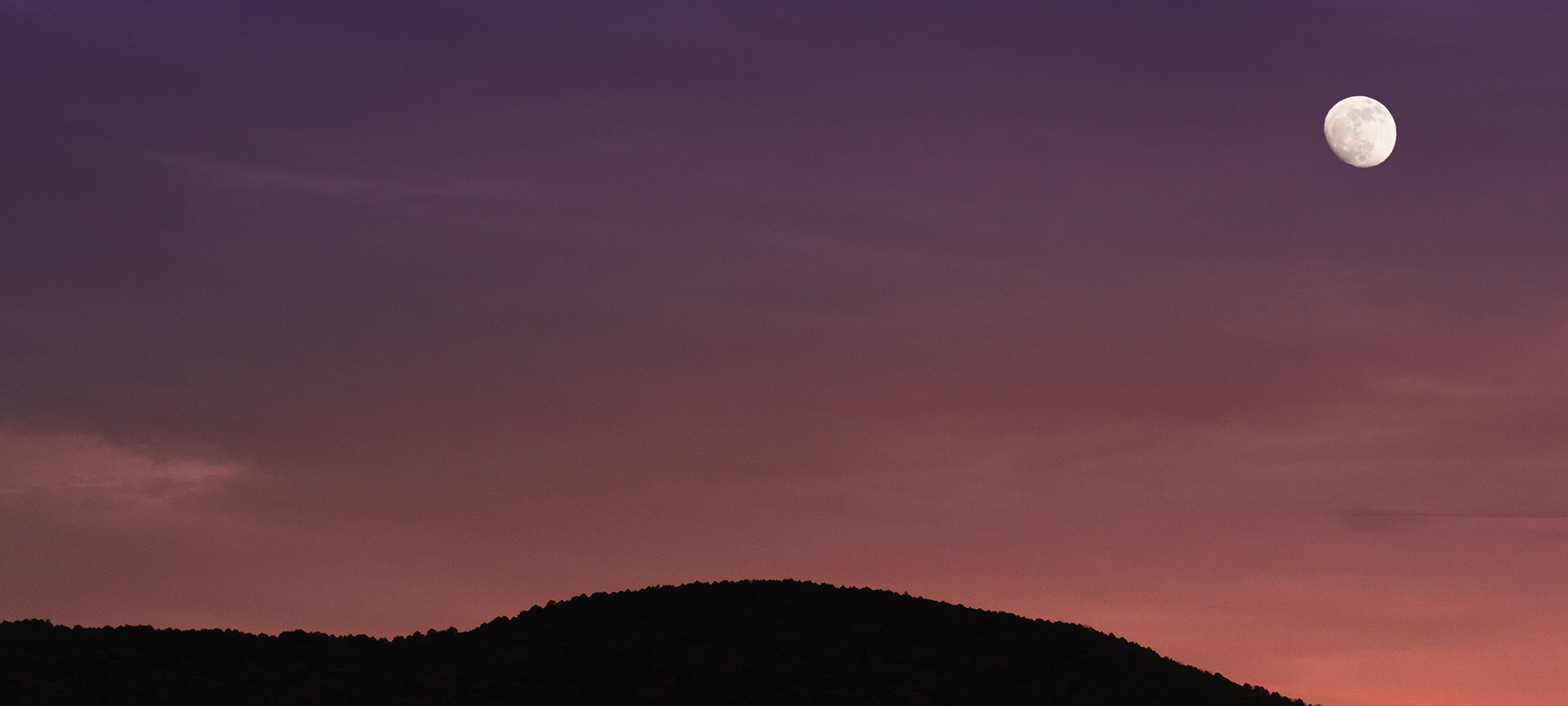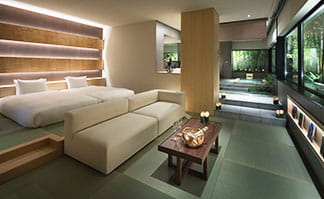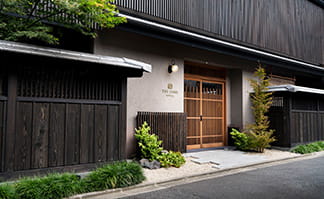THE JUNEI HOTEL KYOTO | Concept
- JUNEI's Concept
- Hotel Introduction
- Special Experiences
- Contact Us
JUNEI's Concept
- HOME
- JUNEI's Concept
 Search for Rooms
Search for Rooms

Guaranteed Best Rate Booking on our official website guarantees you the best rate

JUNEI 壽寧
Moving Experiences You'll Never Forget
When written in Japanese Kanji characters,
"JUNEI" is expressed as "felicitations" and "tranquility."
In our hospitality, we wish to welcome you into a peaceful space
and share with you all of our best wishes for your special occasions.
Our hotel logo is a sunflower seed motif, because in Flower Language,
the sunflower means "I love you and I want to see your smile."
Our desire to see you happy and plant the seeds of your smiles,
as well as our desire to share joy with all of our partners,
is expressed in the five sunflower seeds.
We bring you moving experiences
you'll still find yourself thinking back to fondly a year later,
and five years, and ten years after that.
In Japanese, the word for tourism, 観光, is expressed as "seeing light."
When you tell your loved ones back home about your travel experiences,
your face lights up,
which makes others curious.
More and more people then go looking for the source of that light.
It is our company wish to increase your sources of light:
everlasting memories of the time you spent with us.

Japan's One and
Only Space Sound Designer
When it comes to creating a comfortable space by way of acoustics, it's not a matter of high specs, but in placing emphasis on how people actually use their senses within the space. Knowing how to produce that requires building individual know-how. This has led to the birth of the space sound design field, which is at work in everything from shopping areas to top-class hotels.
From the moment you set foot into a guest room at THE JUNEI HOTEL, you find yourself warmly greeted by atmospheric background music. Healing music plays while you bathe, and you can truly get a sense of comfort in each of your five senses. This sort of comfortable background music was created by Japan's one and only space sound designer, Mr. Yajima Yuji. "People perceive everything through the five senses," he says. "The space they take in with their eyes, the sound which they can't take in through the eyes, it's by blending these two elements that you can create a never before expressed sense of space. What's most important is not a matter of asking what sort of sound to play, but asking how you want people to perceive a sound." In order to fit our concept of feeling comfort in all the five senses and spending a moment away from the everyday, we relied on Mr. Yajima to design the sounds used in THE JUNEI HOTEL.

Takesada Shoten:
A gathering of Kyoto craftsmen who engage and accompany bamboo through its entire life cycle
Takesada Shoten is a bamboo workshop which was established in 1877 and continues a long held tradition of raising a part of Kyoto's quintessential scenery, bamboo groves, and producing works of art made from that bamboo.
THE JUNEI HOTEL Kyoto employs a traditional thrashing technique called the "hishigi" process to create artful paneling. THE JUNEI HOTEL Kyoto Imperial Palace West uses bamboo art and banisters. These pieces are a couple of examples of how over their roughly 140 years of operation, Takesada Shoten has used traditional methods to bring out the natural allure of bamboo, as well as continued to innovate with all the possibilities the material has to offer.

THE JUNEI HOTEL Kyoto Designer: Oliver Franz
Originally from Switzerland, Mr. Franz is involved in many projects, spanning product design, interior design, graphic design, and branding. After working in both Sweden and the United States, he spent twelve years in Japan, searching for ways to incorporate both the traditions and futures of the East and the West into his designs. With his background as a cabinetmaker, he approaches his designs with a craftsman's perspective on process and completion, and also places great emphasis on looking for true sustainability in traditional crafts to ensure that his designs will have value well into the future.
One of the charms of Kyoto is its old townscape and pathways. In every space from the narrow alleyways to the long running side gardens you can find Kyoto taste in bamboo fences and curved "inuyarai" bamboo panels which protect the house from filth. Visitors to Kyoto are often seen trying to take this scenery home with them by taking photos of the townhouses' bamboo details.
The beauty of bamboo also lends itself well to the tastes of hospitality establishments. The thrashing process known as the "hishigi" technique makes the naturally round bamboo suitable for use on large, flat areas like walls, and it is a simple and elegant way to harness the charms of the material. The hishigi-style bamboo displayed in our hotel is accented with bronze, to surround the bamboo with a color that softly glistens in the light.

The only dyeing magician of his kind in the world, Japan's very own Mr. Okuda Yusai
After creating the Yusai Dyeing Laboratory in Kyoto in 1980, Mr. Yusai was allowed to study previous emperors’ formal garments held at Koryuji Temple and unlocked the secrets to their color-changing “Korozen” dye, which he successfully reproduced in 1990. This led to the creation of his original dyeing technique called “Yumekorozome.”
In 2008, Mr. Yusai was selected by the Ministry of Economy, Trade, and Industry to exhibit his works at the Musée du Louvre in Paris. In 2019, he conducted a collaboration with leather bag designer and French Living National Treasure Serge Amoruso, and his pieces were selected for the 2019 Révélations International Fine Craft and Creation Fair hosted by Ateliers d’Art de France. Also in 2019, his commentary about Korozen dye’s use in the Reiwa period was televised on NHK, TV Asahi, TBS, and BS11.
With the help of Koryuji Temple in researching the Korozen “Illusionary Dye” used in garments worn by emperors of the past, master artisan Mr. Yusai Okuda finally unlocked its secrets and succeeded in producing new color-changing dye technology in 1990. In addition to visiting his workshop, this plan also provides a valuable opportunity to make your own Yumekorozome dyed item.
THE JUNEI HOTEL Kyoto is decorated with original "Yumekorozome" dyed art pieces by master artisan Mr. Okuda Yusai, in the hope that their light sway and color-changes in sunlight will bring brightness and serenity to the hearts of our guests. Yumekorozome is based on a traditional "illusionary dye" technique called Korozen, which used to only be worn by the historical emperors of Japan. Mr. Yusai was allowed to study the historical garments held at Koryuji Temple and unlocked the secrets to their color-changing dye in 1990. As a master dyer, Mr. Yusai not only carries on traditional Japanese dyeing techniques, but also devised uses for traditional dye which appeal to modern tastes. He is highly appraised not only in Japan, but throughout Europe and other Asian countries for his unprecedented, inimitable style.

Hiyoshi-ya: Revolutionaries, as well as purveyors of umbrella-making tradition
Hiyoshi-ya is a long-established producer of Kyo-Wagasa (Kyoto style Japanese umbrellas) and got its start in the late Edo period. In the over 160 years since they began operation, they have passed on traditional techniques, and are still active in producing all varieties of Japanese umbrellas and performing maintenance and repairs. After all their successive generations of passing down this craft, they are now the only workshop with traditional Kyo-Wagasa techniques.
However, since the demand for Wagasa has decreased, in 2004 the company was on the brink of closure when its current representative, Mr. Nishihori Kotaro, was appointed the fifth generation leader. He advanced a company concept of "Tradition is Continuing Innovation." While not losing sight of their traditions, the company expanded into new lighting fixture product developments with Kyo-Wagasa techniques and designs, and rather than focusing on domestic sales, they turned their sights to new markets abroad. In recent years they have contributed to the promotion of Japanese traditional industries by developing interior design, consulting, education, and travel programs, and have been involved with the retention and development of traditional crafts across Japan.
THE JUNEI HOTEL Kyoto's partner in providing shade, Hiyoshi-ya. Before the hotel began operations, Hiyoshi-ya provided advice on how to work with various traditional Kyoto arts such as Wagasa illumination, silk, and bamboo. A producer of Kyoto style Japanese umbrellas called "Kyo-Wagasa" and favored by Geiko entertainers of Gion and the grandmasters of the schools of tea ceremony, Hiyoshi-ya opened around Hongaku-ji temple in the late Edo Period, and is now located in the Kamigyo District under its fifth generation of leadership. Currently it is the only remaining original Kyoto Wagasa workshop in operation, and it continues to protect this traditional art form.

A Kyoto Traditional Industries "Master Craftsman of the Future," Mr. Takashima Shinichi
Born in 1972, Mr. Takashima Shinichi is the third generation master of Koshungama Kiln, which makes a Kyoto style of pottery called Kiyomizu-yaki. His learned his craft directly from the second generation master of the kiln, and opened his own workshop in 2005, where he now focuses on vibrant pieces in the "kochi" piping technique, including developing new methods of using the kochi technique.
Each guest room in THE JUNEI HOTEL Kyoto has original pieces made by Mr. Takashima; white porcelain with a delicate lace-like texture applied in an "icchin" technique in a traditional Shippo ("Seven Treasures") pattern. The Shippo pattern is comprised of circles overlapping at four places each; as they are all linked and pattern is never ending, this is a very auspicious pattern which represents amicability, harmony, and close relations. It was chosen in the hope that every guest who stays at THE JUNEI HOTEL Kyoto and uses Mr. Takashima's craftmanship will be endowed with great joy.

Ueji: A Kyoto Garden Carpenter with Respect for the Past and Commitment to the Now
Ueji is a Kyoto-based garden carpenter led by Mr. Minagawa Tsukasa, and is primarily focused on landscape design and garden construction and management. They are highly regarded not only in Japan, but also abroad, having been featured at events like the London Japan Festival.
THE JUNEI HOTEL Kyoto's rooftop garden was produced by Ueji. Besides fulfilling their roles as gardeners, as garden carpenters their activities encompass a wider range of constructing gardens and staying involved with the gardening world all around Japan.
As Kyoto is filled with many influential people and machiya (Kyoto style townhouses) where traditional gardens are both maintained and installed, it is a city where young craftsmen are able to gain knowledge and learn proper techniques for creating and caring for Japanese gardens into the future. The methods in place for traditional garden maintenance were created in cooperation with Japanese garden expert Mr. Shigemori Chisao and many other garden researchers like him. In order to create academically sound methods of garden maintenance, they took advantage of a rich history of resources, visited sites in person, and studied surveyed maps and photos from before and after the war in order to build a solid set of techniques which are in active use today.

 Search for Rooms
Search for Rooms

Guaranteed Best Rate Booking on our official website guarantees you the best rate




